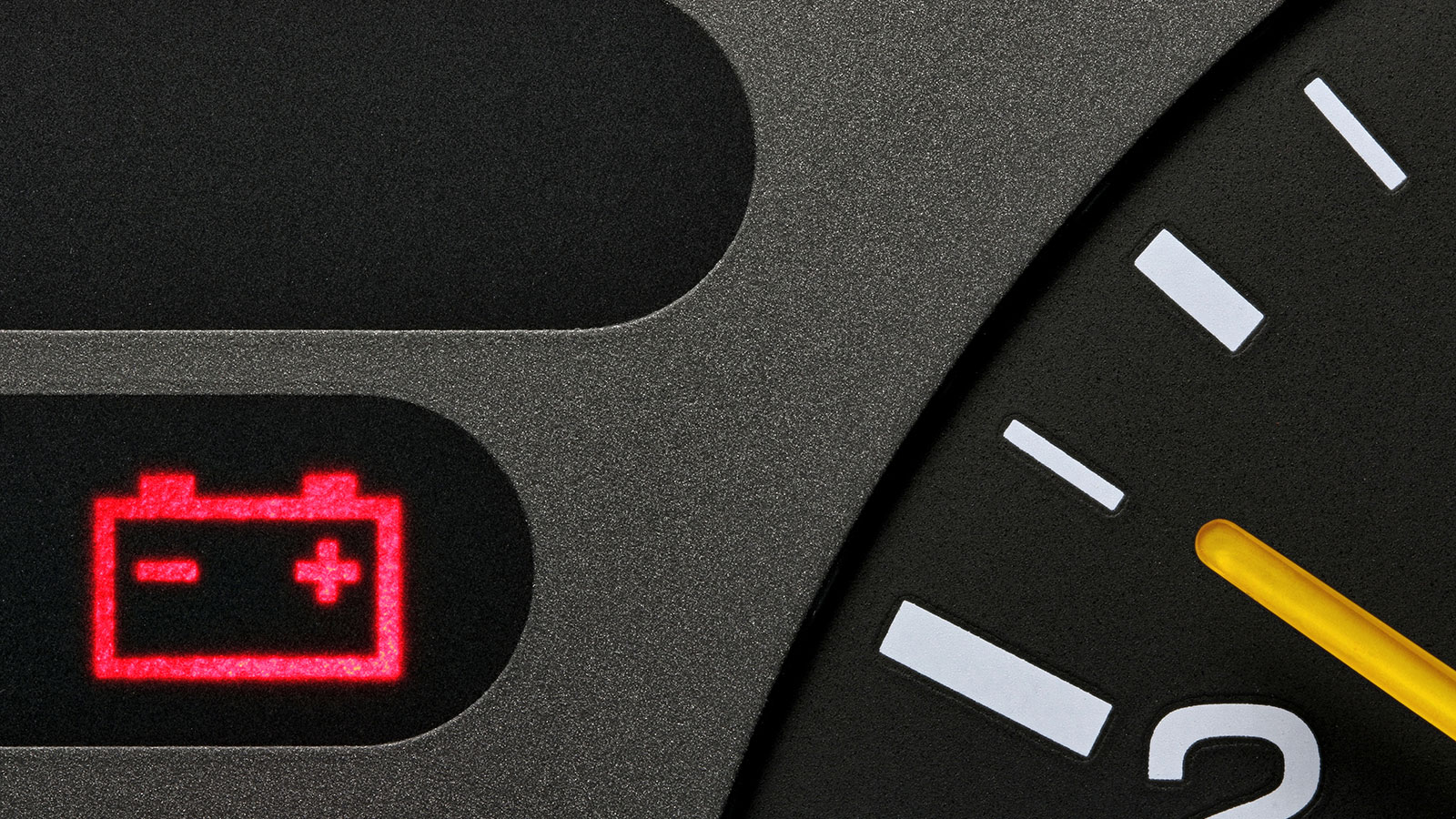Many drivers are all too familiar with the situation of a car that refuses to start. Frequently, the car battery is to blame. How can you tell if your car battery is dead or simply drained? Understanding the difference can assist in saving time, finances, and preventing annoyance.
Indicators of low battery power
A dead battery indicates the battery is depleted in power, however it may not be irreparable. This situation may occur if the lights or radio are kept on without the engine running for extended periods of time. Below are indicators to be aware of:
Motor cranking at a sluggish pace.
When attempting to begin the car, the engine rotates at a slower pace than normal and requires more effort, or appears to struggle to start. This is frequently the initial indication that your battery might be dead.
Low lighting and issues with the electrical system
If the headlights or dashboard lights of your car are less bright than normal, or if you are experiencing issues with the vehicle's electrical parts, it may indicate a dead battery. These parts need a specific amount of battery power to operate effectively.

The recent demand for a boost.
If your car needed a jump start recently, chances are the battery had died.. Nonetheless, if the need for fast starts persists, there may be a more fundamental problem at hand.
Indications of a battery that has stopped working:
Alternatively, a battery that has been used up is unable to retain power and must be swapped out. Below are signs that your battery might be completely drained.
Silence ensues after flipping the switch.
If no sound or light appears when you turn the key (or press the start button) to start the car, it likely means that the battery is dead.

Battery status is overrated.
A battery showing a bloated or puffed case indicates a non-functional battery. This has the ability to.
Age Range
The majority of car batteries typically last between 3 to 5 years. If your battery falls within this age range or is older, it is probably not functional anymore and should be swapped out.
Evaluate the performance of your battery.
Testing your battery is the most effective method for assessing its condition. We recommend following these steps:
Observing with the naked eye
Begin by visually examining the battery for any apparent indications of damage or rust. These factors can impact the performance of the battery.

Utilize a multimeter
A multimeter has the ability to gauge the voltage of your battery. When the vehicle is not running, a properly functioning battery should typically display a voltage ranging from 12.4 to 12.7 volts. If the voltage falls under 12.4, your battery could be depleted. If the level is considerably less, the battery could be depleted.
Test the load
A load test assesses the battery's ability to sustain a load while being used. This experiment must be conducted.
What should be done next
Charging your dead battery could potentially fix the issue. Yet, it is crucial to comprehend the reasons for its download in order to avoid similar incidents in the future. If your battery has died, your only choice is to replace it.
Also Read: Choosing the Best Car Battery: Key Features and Maintenance Tips





_1721044504.webp)




